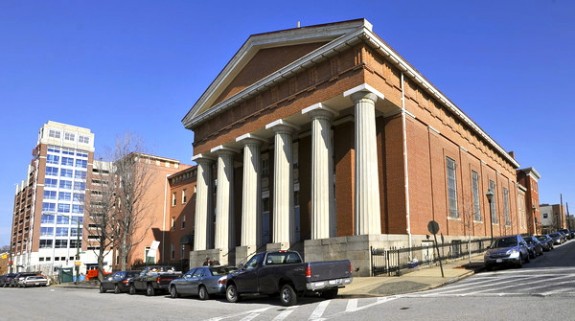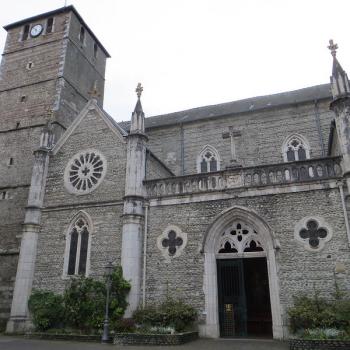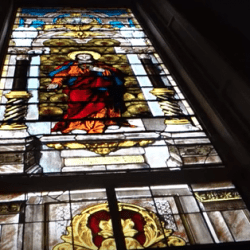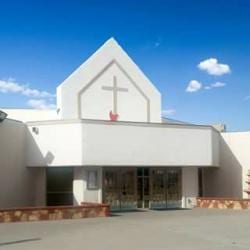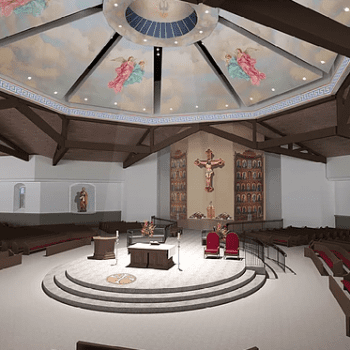A renowned city architect designed St. Peter the Apostle Church 170 years ago. Irish laborers dug the foundation by hand, donating their labor to build it. And its early parishioners spared no expense in adorning their house of worship. They installed an elaborate white marble altar, with a life-size statue of the church’s patron saint towering over it, and placed intricately carved angels at the sides of the tabernacle.
Now those angels are gone, donated to All Saints parish in Liberty Heights.
The Archdiocese of Baltimore is preparing to sell the church and its adjacent buildings to a nearby non-Catholic congregation. St. Peter’s, whose congregation was consolidated with two other parishes amid declining attendance, will soon be home to Carter Memorial Church of God in Christ, said Sean Caine, spokesman for the archdiocese.
Though the exterior of the building is protected by local and national historic preservation laws, some worry that the changes inside will destroy the character of St. Peter, the second-oldest Catholic church in Baltimore and the place where Babe Ruth was baptized.
“They are stripping the inside of the church,” said Thomas Ward, a retired judge and former city councilman who led efforts to place the church on the city’s list of historic places. “I can’t believe this is happening to one of the city’s oldest and most historic churches.”
Pedestals are already devoid of sculptures. The marble baptismal font and even the pews are for sale. Over the decades, many parishioners memorialized family members with donations of statuary and stained-glass windows. The windows will stay, but those other items must go.
A statue of the Virgin Mary has been removed from its traditional place on the side altar. It stands in the foyer, ready for removal. Its fingers have broken off and lie at its feet.
“Something should be done to stop this wholesale scavenging,” said Mary Ellen Hayward, an architectural historian who has published several books on Baltimore. “This is a true city landmark. It is equally important to preserve its interior.”

